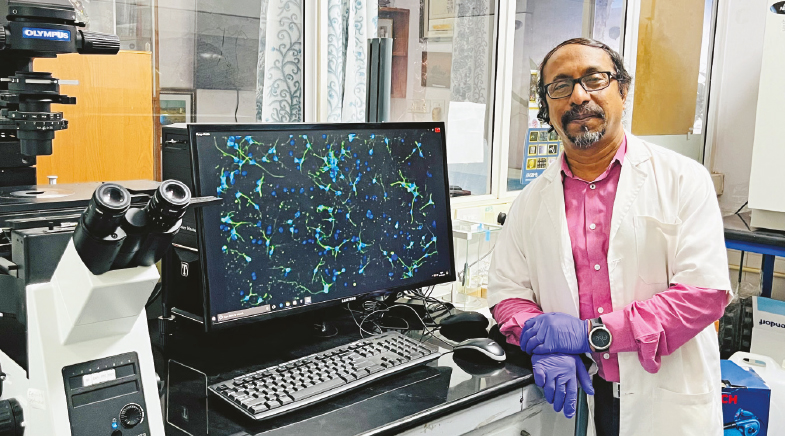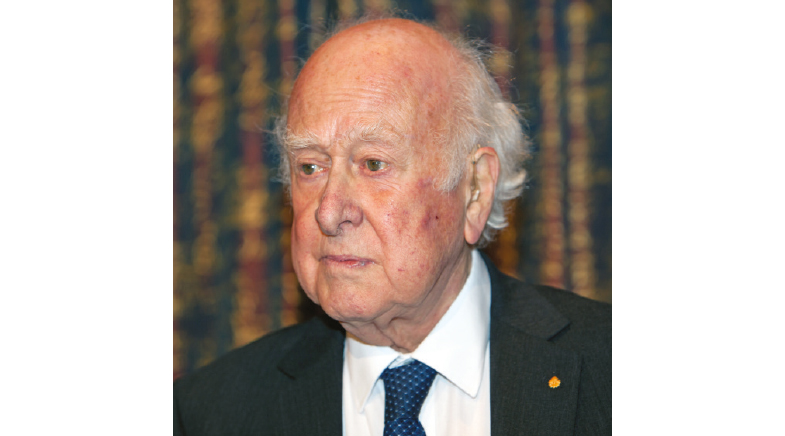Materials science: harnessing the power of the ultra-small
-
- from Shaastra :: vol 03 issue 01 :: Jan - Feb 2024

Richard Feynman peered into the future of materials science. That future is now playing itself out.
On December 29, 1959, physicist Richard Feynman gave a lecture to the American Physical Society titled, ‘There’s Plenty of Room at the Bottom’ (bit.ly/feynman-talk), about the benefits of manipulating matter at atomic dimensions. At that time, scientists did not have the equipment to see things at such small scales, let alone manipulate molecules into precise positions. Such equipment would be developed much later, but Feynman had anticipated the beginning of a major change. The semiconductor industry made key breakthroughs in fabrication within five years of his talk. Research in nanotechnology, a subdiscipline of materials science, picked up within a decade of Feynman’s lecture.
As expected, the first stirrings of change came within the semiconductor industry. The transistor had been invented in 1948, but it could be made in large numbers cheaply only with the invention of the Metal-Oxide-Semiconductor Field-Effect Transistor (MOSFET) in 1959. General Microelectronics, an American semiconductor company, introduced the first commercial MOSFET in 1964. At that time, Intel co-founder Gordon Moore predicted that the number of transistors in an integrated circuit would double every year, a number that he later revised to once in two years. Moore’s Law became a goal for the industry. The law has continued to be valid till now, but only because of continuous investment and innovation in materials science.
PAST ISSUES - Free to Read


Have a
story idea?
Tell us.
Do you have a recent research paper or an idea for a science/technology-themed article that you'd like to tell us about?
GET IN TOUCH














